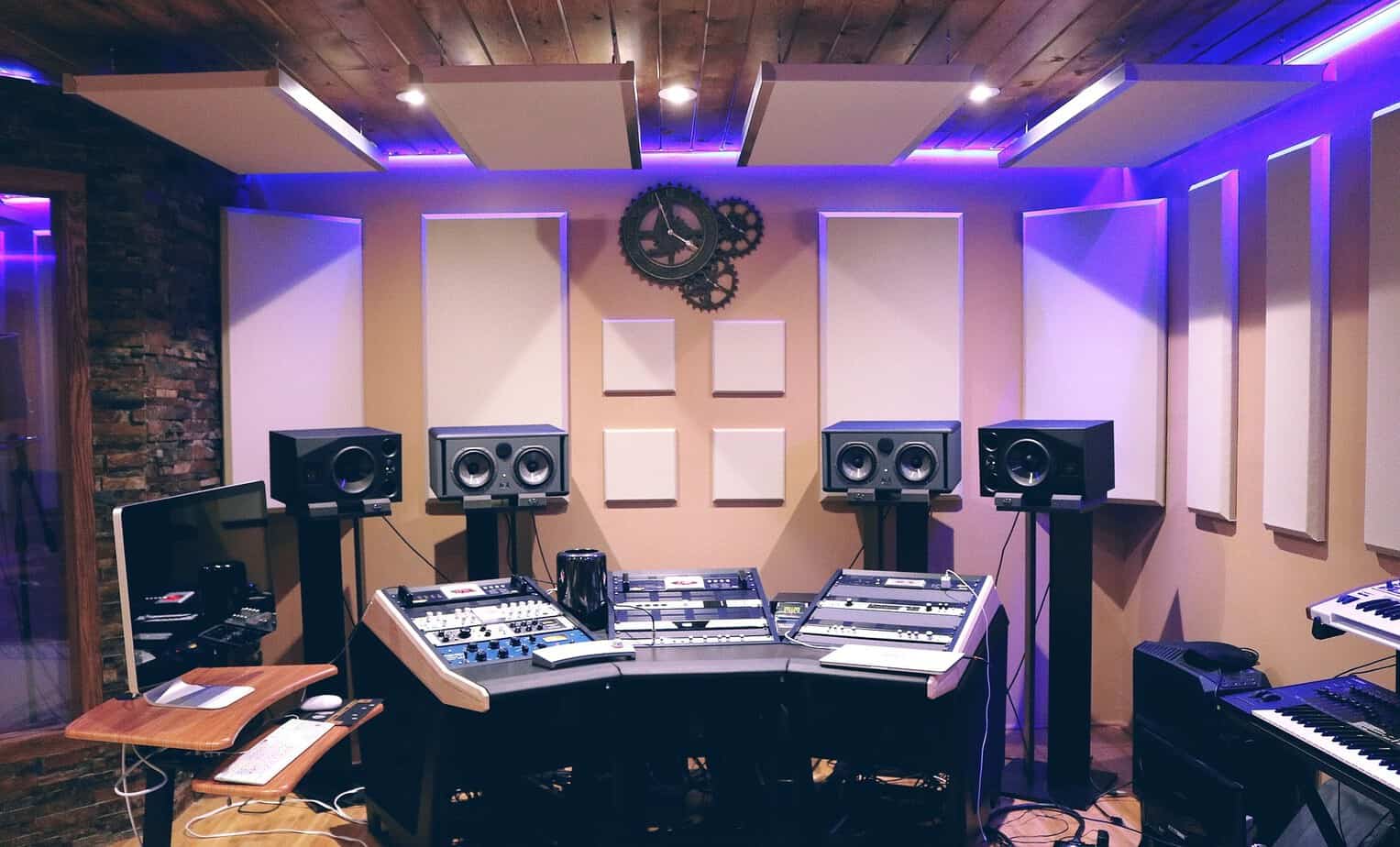Music and party lovers have a lot to thank technology for; today, it’s easy to get the quality music you want to listen to. All you need is a phone and; your headphones, a Bluetooth speaker, or your home theatre to turn the party on! But regardless of why you’re listening, music is more enjoyable if the quality of the sound from your home system speakers is appealing to the ear.
So how can you get a better home theatre audio experience without doing costly room remodels or purchasing high-end gear? It’s simple. By making a few critical purchases, and focusing on how sound travels in closed spaces, you can get started on the transforming your room into a perfect listening space. Here are the details:
1) Consider an Up-To-Date Digital-To-Analog Converter
Did you know that digital music must first be transformed to analog signals before they can play through your headphones or speakers? Well, now you do. For casual music listening, the DAC within your phone, computer, or tablet will work pretty well. But if you’re targeting quality audio, consider linking to a receiver or an outboard DAC, or at the least; an amplifier with in-built hi-fi DAC.
2) Evaluate Your Sound System— Check and Replace Worn Outs
Torn speakers, cut wires/cables or loose connections are only a few things that could affect how your system sounds. If you recently had a small problem with your sound system be sure to check if the wiring of speakers is done “in phase.” Also, remove speaker grills to confirm for obvious issues like foam rot.
If you find that everything is working correctly, but your audio doesn’t sound great, then it’s time to upgrade gear, starting with the weakest link.
3) Keep Off Surround Sound— Avoid Too Many Speakers
Too many speakers never meant too good music. Avoid connecting several of them to your home theatre. In essence, you don’t need more than two or three to enjoy music—a subwoofer for your bass and two (one right, one right left) channels to play the stereo sound. That applies to 2 channel or 2.1-channel which most of us have at home, but a complete surround sound set may go up to 5.1 or 7.1-channel.
Music is actually recorded along with stereo output in mind, so adding more than enough speakers won’ t better your audio quality. But that doesn’t mean you can’t or shouldn’t play a full surround sound layout. This tip is for those looking to get the best out of their 2.1 systems. Consider investing in a great set of bookshelf speakers .
4) Avoid The Soundbar
Soundbars are popular in multi-speakers and conventional audio systems. Their work is to squeeze several speakers into a single cabinet (which affects how you listen to music), but most are designed as home theatre gears meant explicitly for TV or film-based audio, instead of music. They come with extra features, and most have a center channel optimized to deliver clear speech—not lyrics or vocals, but dialogues. Lastly, soundbars are strictly meant for audio visual installation and therefore don't allow you to separate the right and left audio channels physically when listening to music.
5) Triangulate Your Audio
Music sounds better if listeners can enjoy the full advantage of separate, directional sources of audio. For your home theatre, use a simple rule of thumb; triangulate your sound by forming an equilateral triangle. In simpler words, space your right and left-channel speakers equally distant from each other, and your couch or sitting position. This way, you enjoy optimal stereo effect, free of any delays or overlaps in approaching sound waves.

6) Place Your Speakers at Correct Angles
The direction your speakers face influence sound quality. Remember, though sound travels outward in waves, many speakers are directional devices, and the finest audio originates from waves directly coming towards you.
Placing your speakers in the appropriate angles reduces the amount of echoes that you experience—but this tip only applies to the two primary channels. If your audio system has a subwoofer, then the speaker's placement is more about where the bass sounds best than the direction it faces.
7) Amplify your speakers— crank up the sound
Amplifiers are simply volume boosters that allow you to crank up the sound of your speakers. Amplifiers can work just as speaker power upgrades or form part of a larger configuration involving pre-amp, which clears-out signals before they are amplified. But the most straightforward and fastest update is to add an integrated amplifier to your system, and keep off pre-amps and receivers.
8) Pull your curtains— avoid unnecessary reflections
Sound waves are modified as they travel via space, bouncing off or absorbing into some materials. The former can pose the worst problem, more so when audio waves interact with glass. Bad as it sounds, unnecessary reflections can be avoided by simply drawing your curtains, or for music freaks, reconsidering that glass-top table you've been eyeing.
But the simplest remedy for a hi-fi stickler is to hang fabric on walls or have position special, audio traps around your listening space.
9) Adjust Your Streaming Settings
Music streaming platforms like Spotify and Apple Music don’t offer the best quality files if you don’t make an effort to adjust the settings. But more quality means you use more data per second which can really stretch your data budget. But when there’s Wi-fi connection, you can adjust settings to the maximum bit-rate for the most exceptional sound.
10) Work on your Room Acoustics
Your room acoustics impact the sound that hit your ears. Having control of the way sound is reflected off hard surfaces and absorbed by softer ones is key in getting desirable sound. Some easy ways include adding a padded throw rug to your floor tiles or drapes to your windows.
Conclusion
The above tips are the easiest and most economical ways of seeking finer audio experience from your home sound system. Try them first instead of rushing to a dealer with a list of up-to-date gears. You may be shocked to realize that your sound system can actually perform better than you think it can.









